As 1932 began, middle age was catching up with Pablo Picasso.
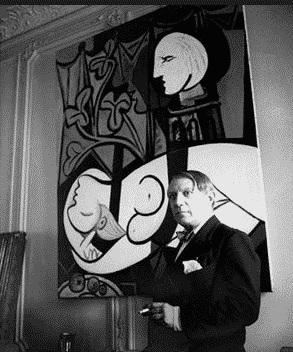
Born 1881, once the bad boy of the Paris art scene, he was now into his 50s, famous and rich.
But he was unhappy in his marriage and worried that he was yesterday’s man. Matisse was gaining ever more attention. New young guns were on the scene. Surrealism was on the way up.
Picasso responded with a remarkable burst of creativity to which the Tate Modern has devoted a fascinating show: Picasso 1932.

I can’t say that this is a phase of Picasso’s work that I particularly enjoy, but what intrigued me about the show were the layers of historicity that it mobilized:
(1) Picasso in middle age.
(2) The time clock that ran on his personal relationships was ticking forward. He was in the process of leaving Olga Khohklova for the much younger Marie-Thérèse Walter.
(3) Picasso as 1930s haute bourgeois, buying both a super modern Hispano-Suiza limousine … (which stayed with him into the 1950s)
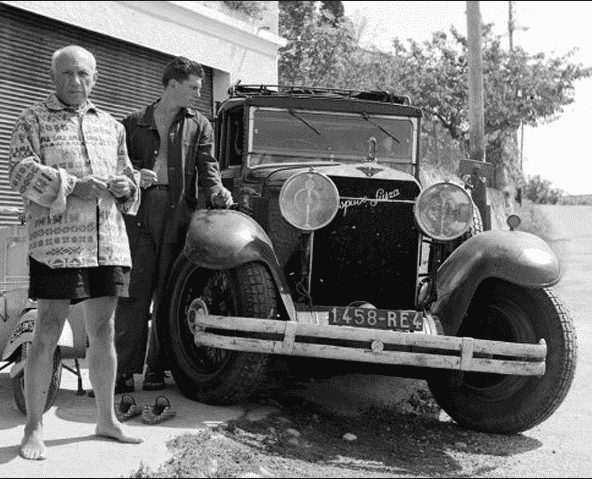
Source: Just a Car Guy
… and an ancient Norman residence where he built a swimming pool for his new lover, though he himself, thanks to his nineteenth century Spanish upbringing, could not swim.
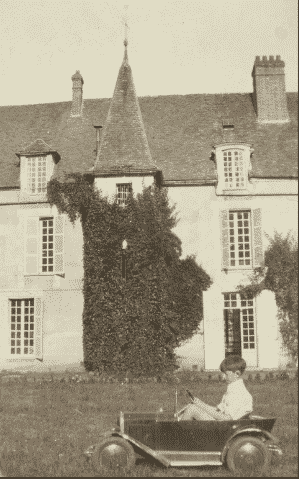
Source: Daily Telegraph
(4) Picasso as the artist preoccupied by classicism but haunted by the onward rush of the cycle of avant-gardism that he himself had done so much to unleash: blue period, rose period, primitivism, analytic cubism, synthetic cubism, neoclassicism, surrealism … . The endless question of what next?
(5) Picasso as the furiously productive artistic worker keeping time on his own life. “My works are a form of diary. . . . I have painted my autobiography.”
(6) The ticking clock of world history that makes 1932 a hiatus, between the postwar decade and the new world of political escalation in which Picasso would engage when he returned to Spain in 1934.

All of this gives the show a wonderful narrative frame, one seemingly endorsed by Picasso’s own self-fashioning.
And then, coincidentally/non-coincidentally, in the summer of 1932, the Galeries Georges Petit in Paris hosted the first great retrospective of Picasso’s work. It was for this show, according to the curators, that Picasso painted furiously in the early months of the year: to demonstrate that he was not just the history; he was still very much alive. He curated the show himself.
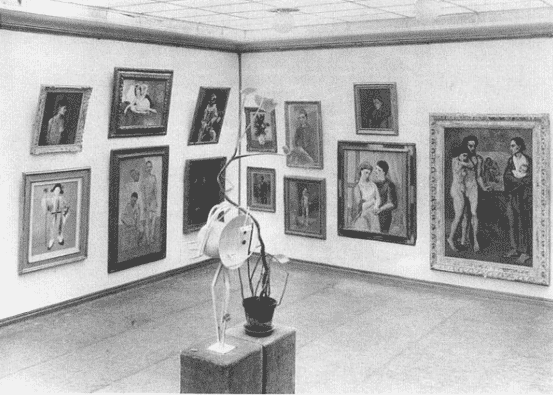
Source: Tate
(7) This forms the final layer of historicity in the show. On the one hand this is the perfect hook for the exhibition, allowing the organizers to position a room at the center of their show that serves as a retrospective summary of Picasso’s work to date.
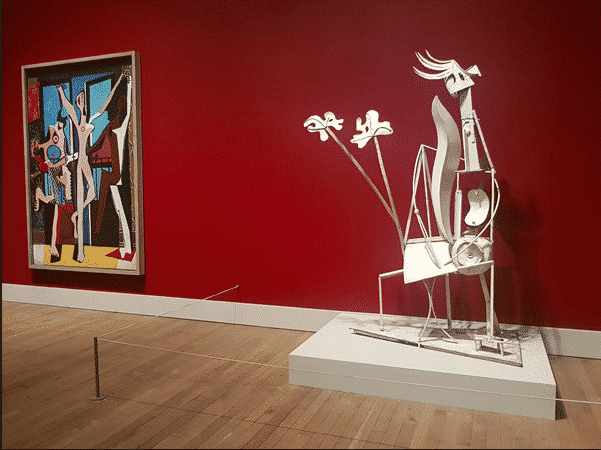
But, to add a further layer of complexity:
(8) Picasso himself had mixed feelings about the show. As he remarked: “I feel like I am witnessing a retrospective vision of myself ten years after my death”.
(9) He also had clear views about how his oeuvre should be seen. He refused to have his own work treated in a developmental fashion. He wanted to be current. But he wanted his earlier work to have equal standing. Strikingly, he arranged a wall, recreated in the Tate, of portraits of his wife and children painted over a period of decades back to the early 1900s. The works stand side by side without temporal hierarchy or a claim to progression.
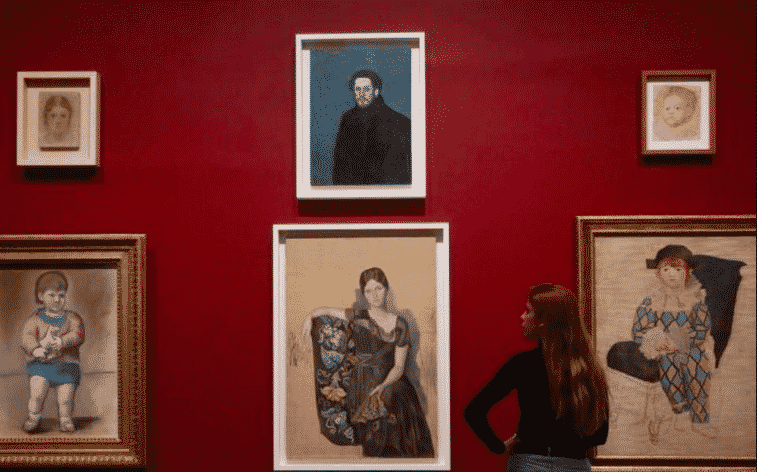
Source: Guardian
For now, this is just a stock-taking on my part, a diary entry. But it does make you wonder whether we don’t overuse concepts like the “Gleichzeitigkeit des Ungleichzeitigen” (the contemporaneity of the uncontemporaneous) (Ernst Bloch).
In this 9-fold layering of temporalities, there is so much more going on!
